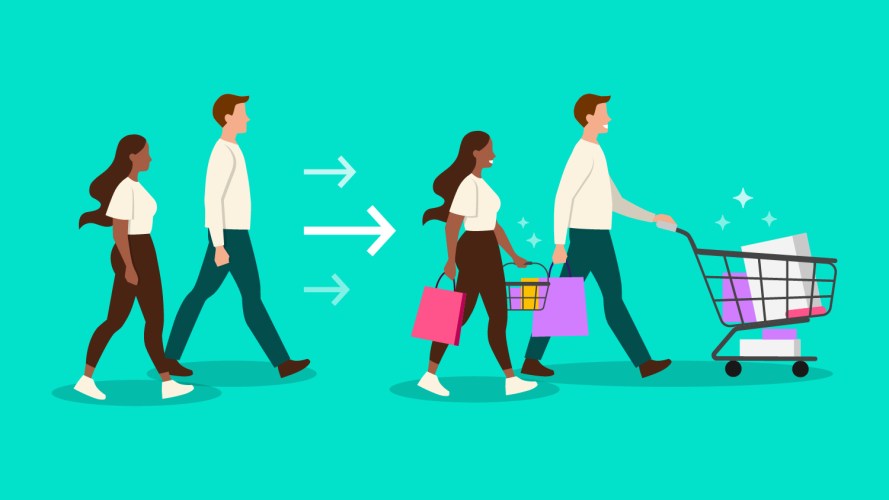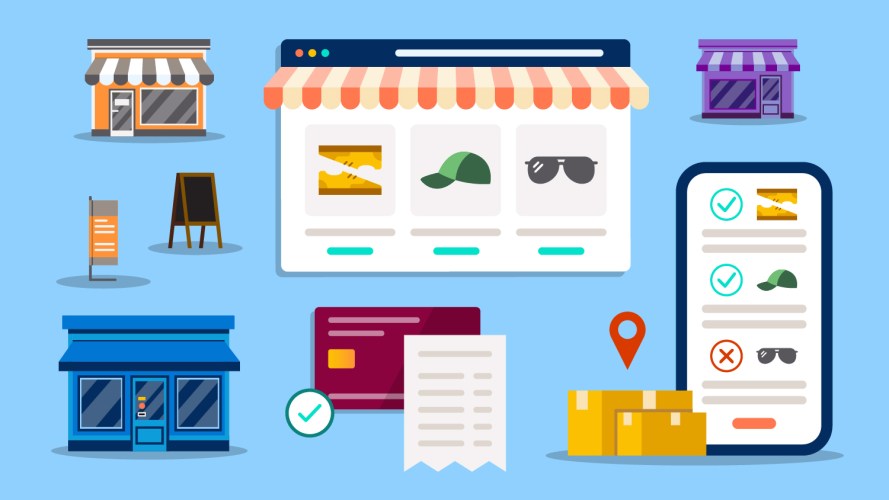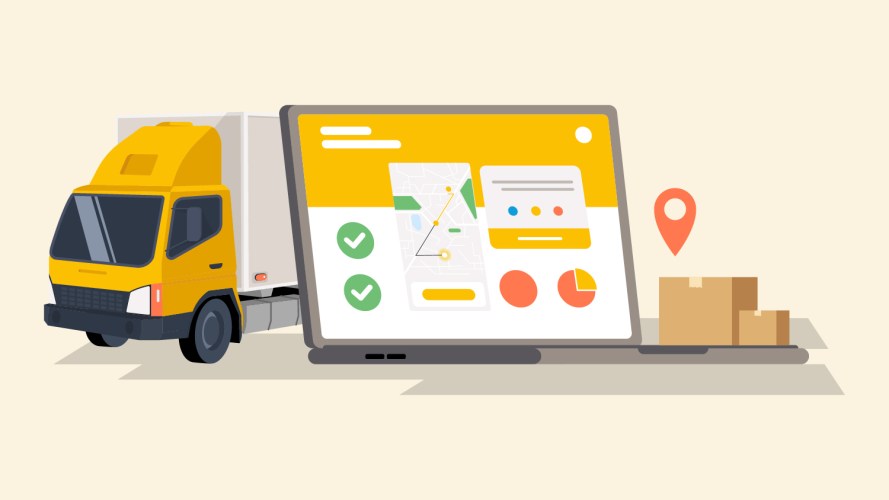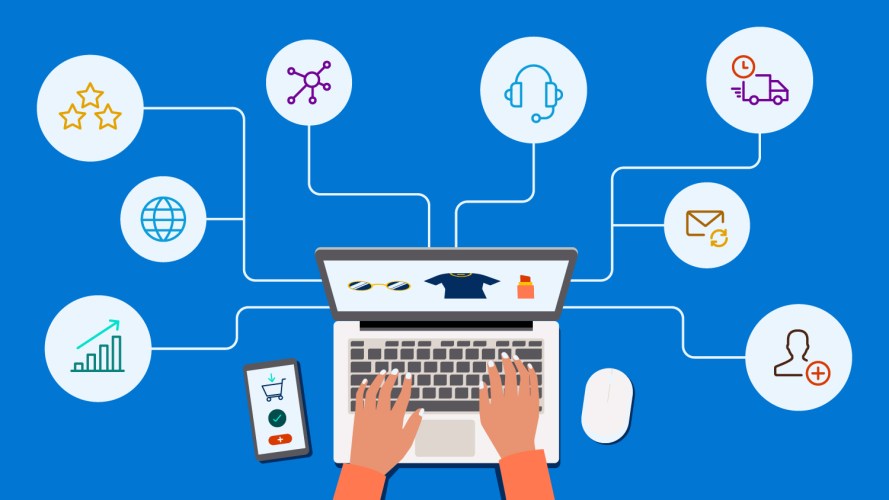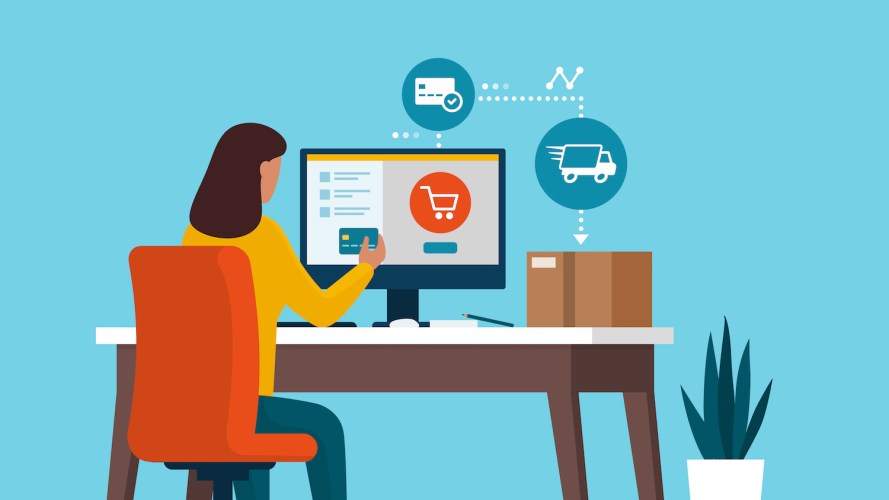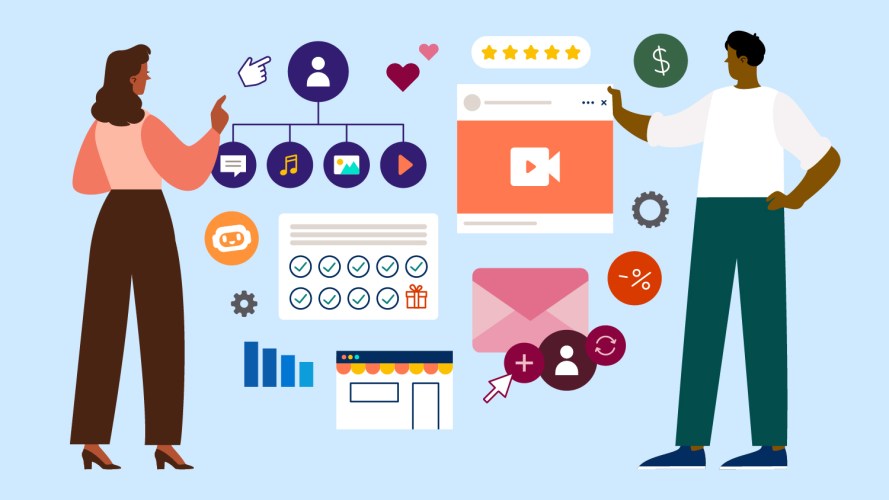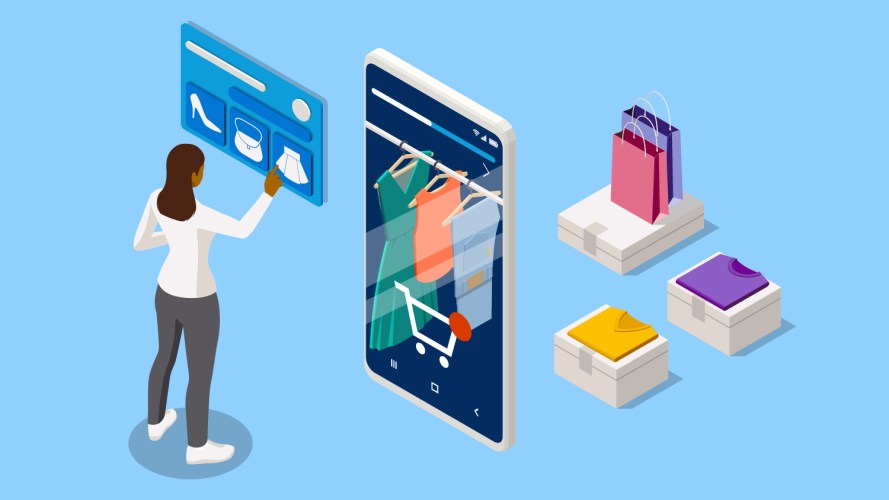Overwhelmed by Headless? 3 Steps to Implement It in Stages
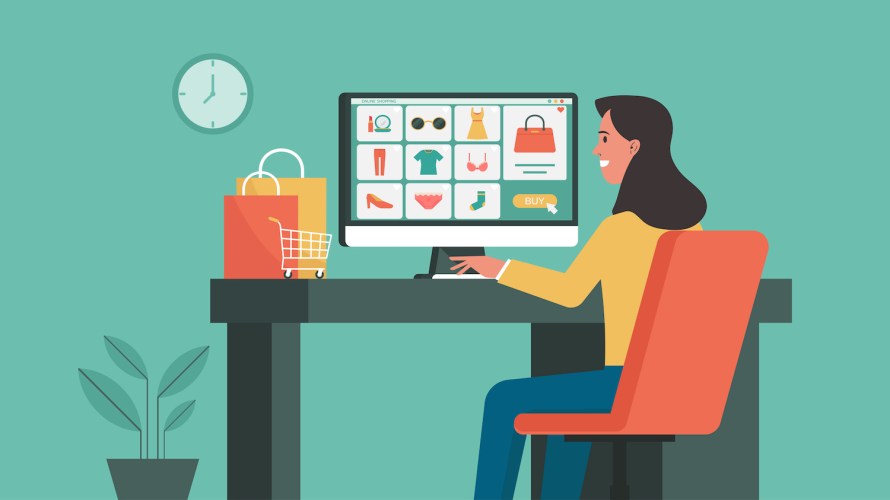
Break your headless commerce project into smaller phases for faster ROI and fewer headaches.

Lauren Wallace
For businesses looking to take the plunge into headless commerce, the scope and complexities can feel overwhelming. After all, shifting your entire ecommerce experience to a new architecture is no easy feat.
But it doesn’t have to be all-or-nothing. You can wade into the waters of a headless website using a phased approach. This lets you minimize risks and costs, and modernize your storefront at your own pace — while strategically focusing on the parts of your site where headless will make the biggest impact. Here’s how to get started.
Going headless? Your digital storefront shouldn’t be an afterthought.
Here’s our best advice to keep costs down and get up and running — fast.



1. Prioritize areas that will make the most impact
A journey of a thousand miles begins with a single step (or, if you’re implementing a headless website, a single phase.) Instead of revamping your entire site, start with one piece — and make it an important one.
For example, when global furniture company Stokke decided to implement a headless website, it began by modernizing its checkout experience. According to Stokke Business Solutions Manager Yann Milin, “We wanted to avoid a risky ‘big bang’ rollout. We also knew that optimizing checkout would help us the most, so we started there.”
Focusing on the most heavily trafficked areas of your site — or those that need the most updates — makes implementation more manageable and helps you bring new features to market faster. And you don’t have to wait until the rest of the site is complete to reap the rewards.
One thing to note: If customers visit certain pages in succession (such as product landing pages and product detail pages), it’s best to update all of them during the same phase. This will help you maximize performance benefits, like page loading times and transition speeds.
2. Get buy-in from cross functional teams
To avoid runaway costs, it’s critical to set expectations and develop a solid implementation plan. This is easier to do if you update your website in phases. Consider the different costs associated with a headless implementation, such as development, maintenance, and vendor management.
With a phased approach, you can keep a closer eye on these tasks and quickly adjust your strategy if costs turn out to be higher than you’d planned. If you hit a snag with your strategy or your budget, you can work out the details and apply what you’ve learned to the next phase, improving your process as you go. “A phased approach reduced our testing effort tremendously,” said Milin. “We were able to test, learn quickly on production, and improve the setup to bring the experience to a satisfying state before moving to the next chunk of our development.”
A phased approach can also ease change management. Your teams can gradually get used to the rollout and the new ways of working, rather than face one overwhelming shift. A new headless website affects more than just your IT team, so make sure you get your commerce, sales, marketing, and merchandising teams on board early and set them up for success.
3. Adopt a test-and-learn mindset
Another major benefit of a phased approach? The opportunity to improve with each iteration and page. After you test and launch the first phase of your project, track success metrics to determine whether more work needs to be done — and where.
For example, after Stokke launched its new checkout, the team monitored key performance indicators like conversion rates and speed. When the team saw a 29% increase in checkout conversions after the first phase — Milin said they felt confident to move on to the next: updating the homepage, product detail pages, and product listing pages.
At every phase of your headless implementation, keep your business goals in mind and test the performance of your new pages against your previous iterations. During the planning stages, identify which customer experience metrics you’ll use to measure success. This will keep you on track and help you naturally determine when to begin subsequent phases.
Simplify your headless website project with a phased approach
If you want to speed up your time to market and return on investment, a phased approach to headless is one of the best ways to make it happen. Your headless implementation doesn’t have to be a years-long endeavor with one massive rollout. Now, you can choose a flexible commerce platform that gives you the freedom to implement site changes in phases. This means you can get to market quickly and prioritize features and updates that will make the biggest impact.
Keep your headless project on track and within budget
Learn five ways to reduce your headless commerce total cost of ownership.







